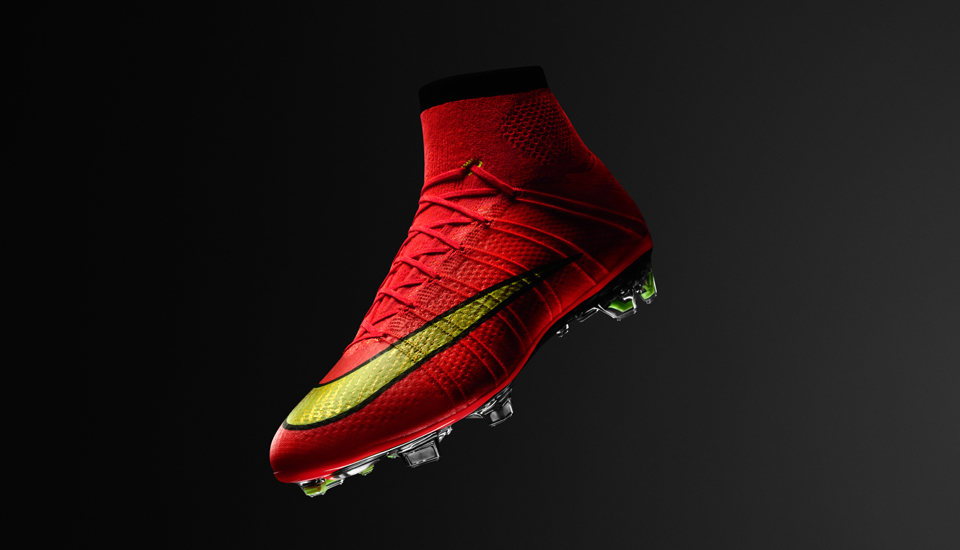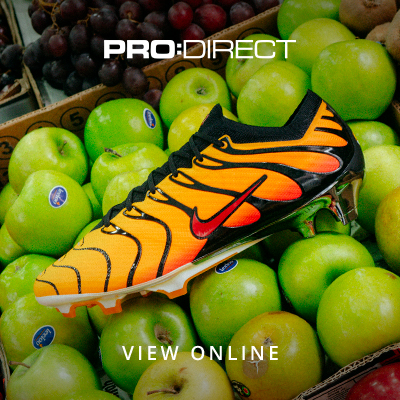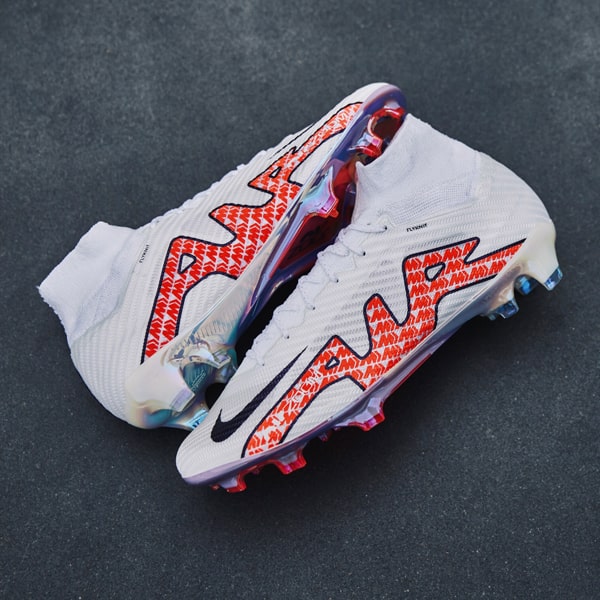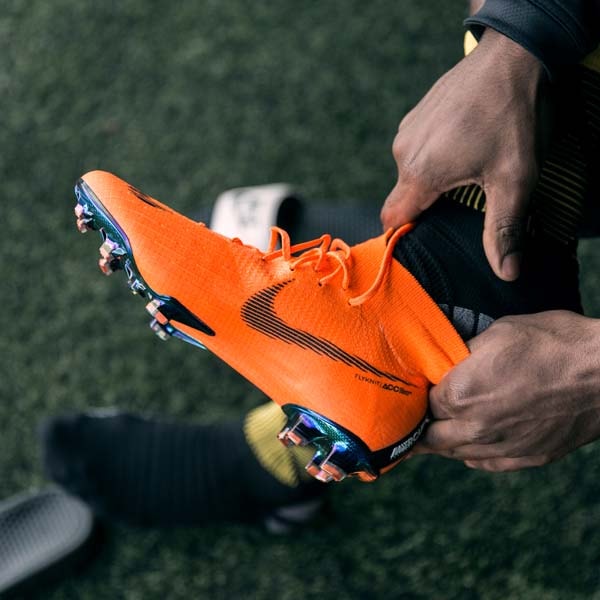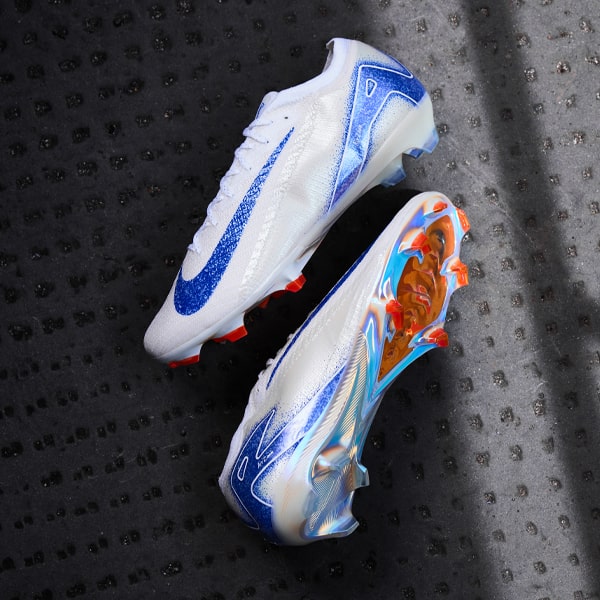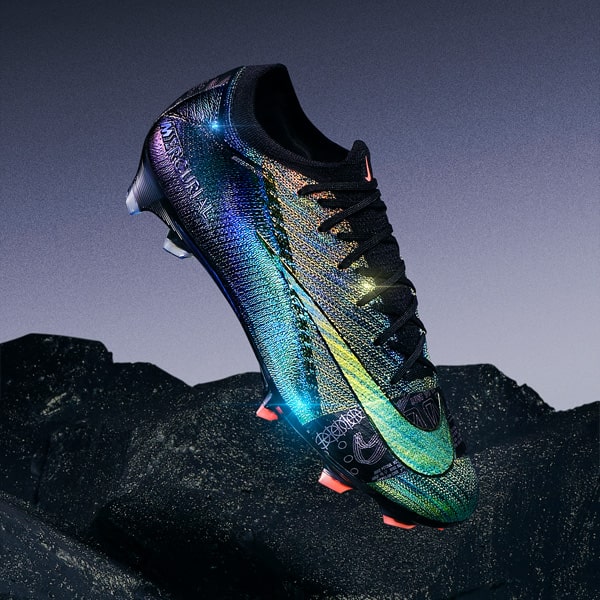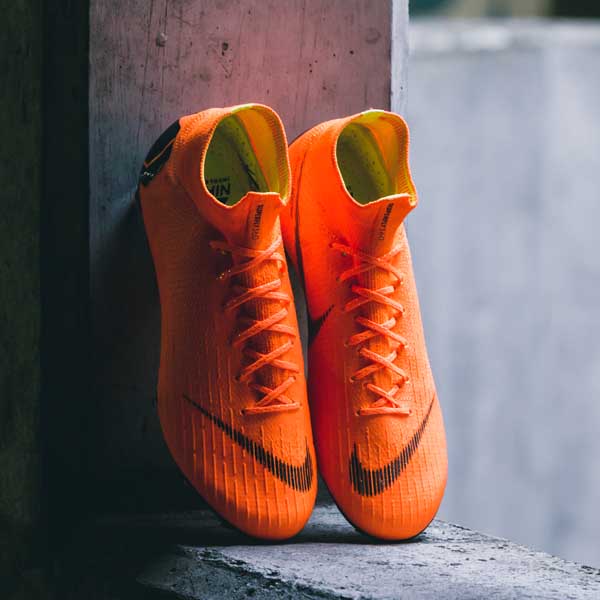10 years ago to the day, Nike once again revolutionised the game with the debut of the Mercurial Superfly IV, the biggest step in the evolution of the Superfly range since its debut in 2009. A decade later and it’s set to receive its latest update, but have the lines between the Superfly and Vapor become inextricably blurred over the years, and what does this mean for the Mercurial?
The Mercurial is one of Nike’s proudest footballing legacies – second in terms of longevity only to the Tiempo – and the Superfly series has been positioned as a staple of the brand’s most advanced technologies over the years, worn by the world’s greatest footballers. It’s long been recognised as one of the most elite boots on the market, but while it has existed as the pinnacle of design in Nike’s roster since it debuted in 2009, recently it could be argued that it’s lost its way somewhat, resulting in a lack of distinction from its life partner, the Vapor.
But before we get into that, let’s go back 15 years to 2009, a time when Nike once again shook up the dynamics of the game with the introduction of the Mercurial Superfly – an upgraded, elite level version of the Mercurial Vapor series. It was Nike’s most technologically advanced and most expensive football boot of all time, boasting Flywire technology in the upper for the first time ever, along with a super responsive soleplate and carbon fibre chassis, which shaved precious weight from the boot. Superfly became the highest expression of the Mercurial idea — the lightest and fastest. In short, it was Super fly. And while the original Mercurial from 1998 found its perfect companion in Brazilian Ronaldo, teh Superfly found its vessel in Cristiano Ronaldo.
One year on, and with the 2010 World Cup around the corner, Nike rolled out the Superfly II, with Cristiano Ronaldo once again its champion. The emphasis on the design here saw a subtle switch from speed to traction, incorporating Nike SENSE technology in the carbon fibre soleplate: innovative studs that extended and retracted by millimetres based on the pressure applied to the sole and the ground conditions. Meanwhile, the focus on the Superfly meant that the Vapor VI kept things fairly similar to its predecessor, with the most notable change being that it, too, incorporated a carbon fibre soleplate. Attention firmly on the Superfly.
Another 12 months later, and the changes from Superfly II to III were minimal, with a rejigging of the Flywire placement about summing it up. And it was at this point, after an explosive three years, that the Superfly went dormant, while attention was turned onto the Vapor. In the following two years, Nike dropped the Vapor VIII and IX, with the former introducing some radical alterations, including a flexible double fibreglass outsole that continued into the IX. It was Vapor time at House Swoosh, and there was an eerie silence on the Superfly front…
But then came 2014, and at an innovation summit in Madrid Nike revealed the fourth iteration of the Superfly – and it was a big one, set to arrive three years after the drop of the third version. President and CEO Mark Parker told the crowd in Madrid, “With its new design innovations, the Superfly IV makes a quantum leap forward in what high performance boots can be – and what they can help players achieve. Fuelled by Nike Flyknit technology and with a bold new silhouette, the Mercurial Superfly will be the boot of choice for the game’s fastest players.”

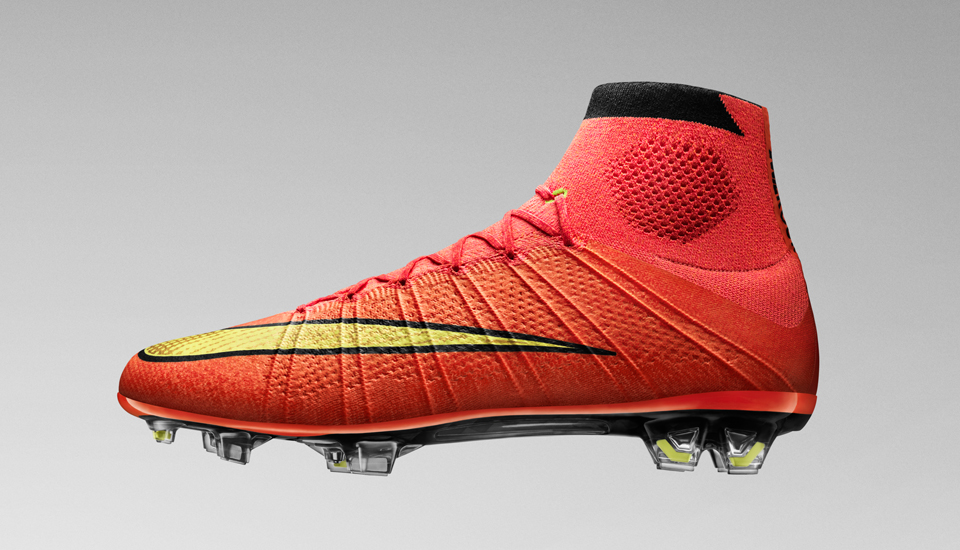
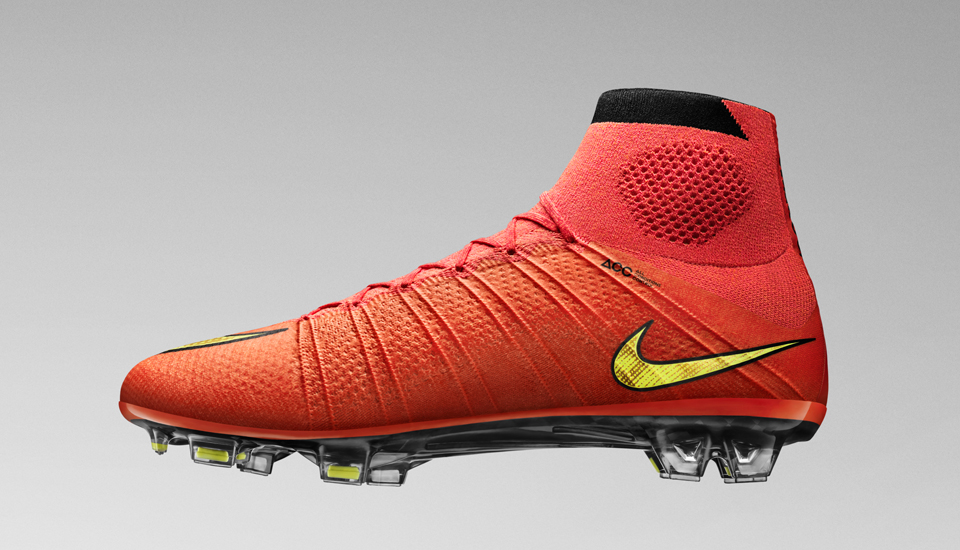
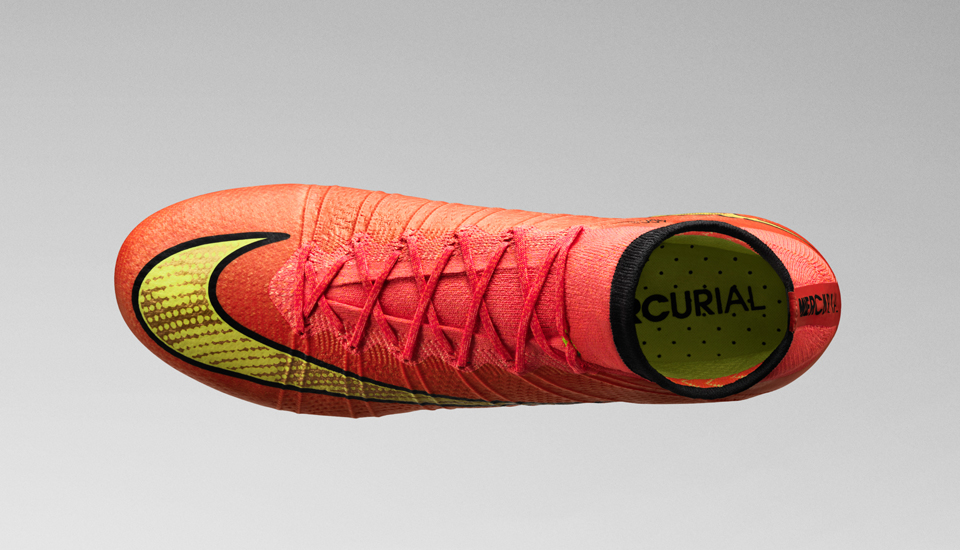
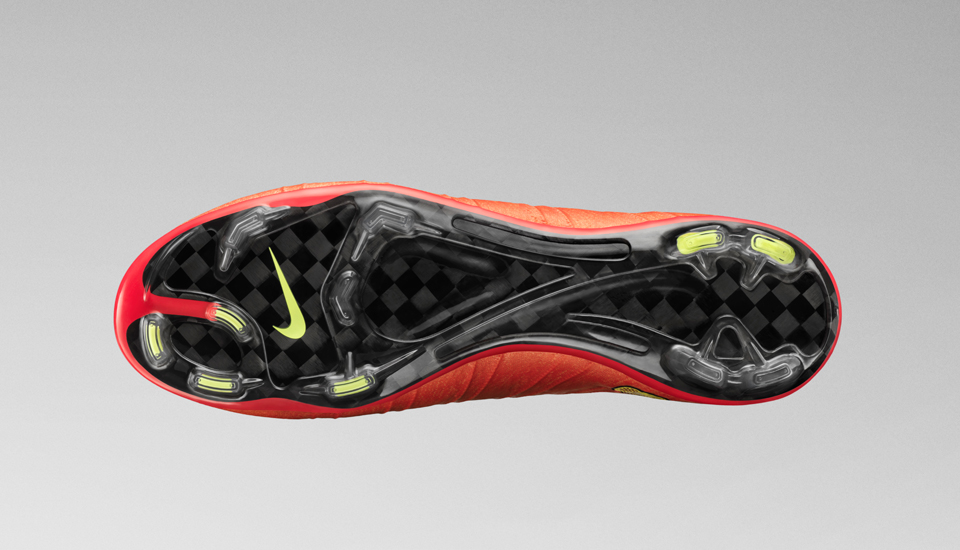
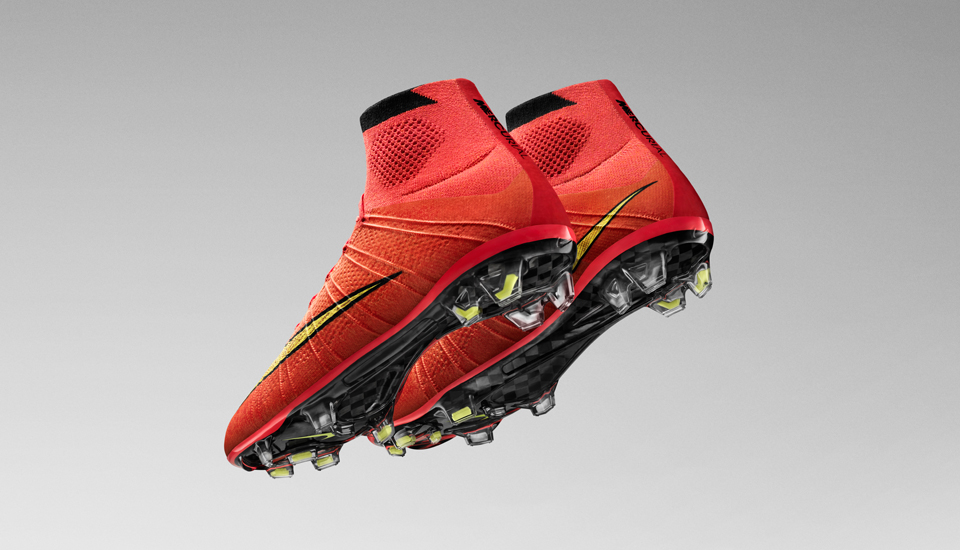
Over four years in development, the Superfly IV introduced a fully Flyknit upper, a high cut Dynamic Fit Collar and Brio cables, knitted directly into the upper, which locked the foot to the boot's full-length carbon fibre plate for efficient transfer of power through the ground. It was, quite simply, the biggest evolutionary leap for the Superfly series, and it epitomised the silos position as the most innovative in the game.
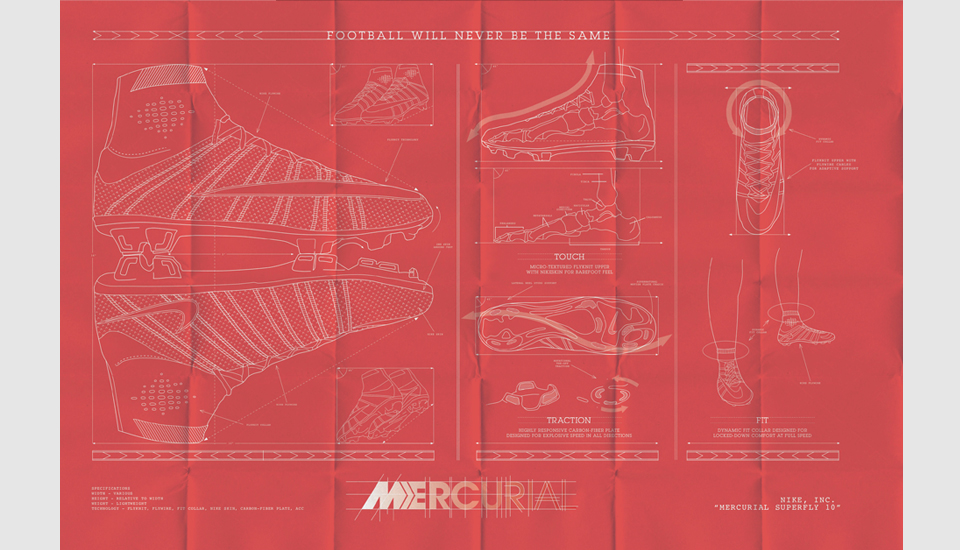
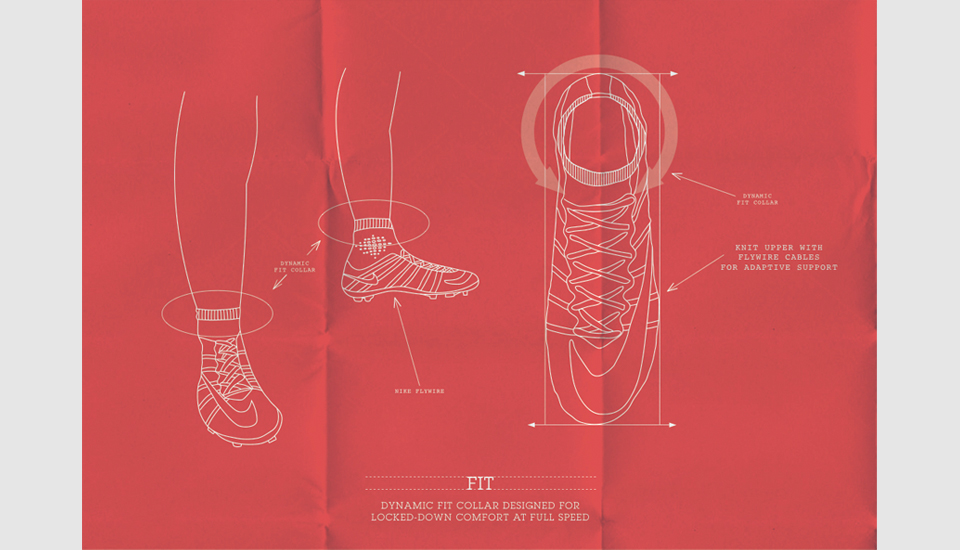
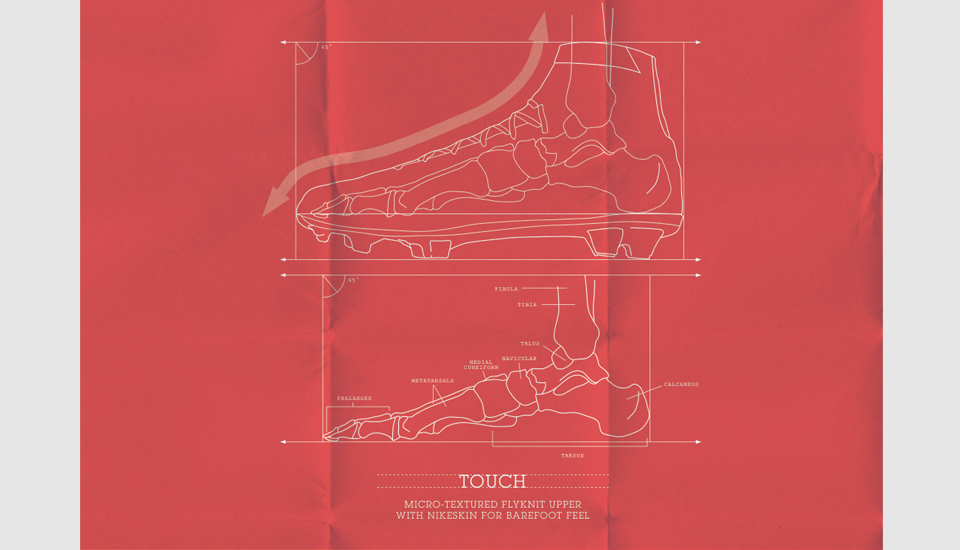
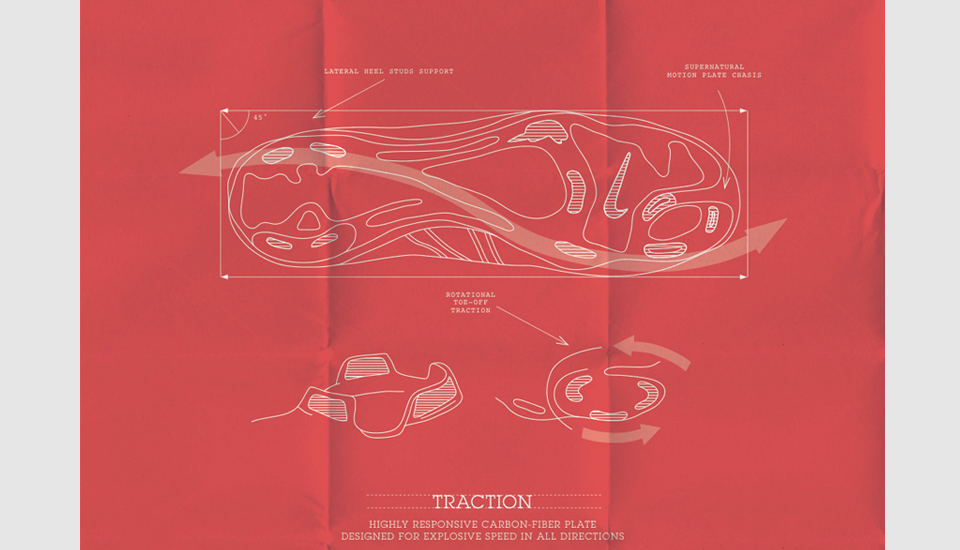
Phil McCartney, Nike’s VP of Sport Performance Footwear, said at the time, “We’ve delivered the boot for today’s game because we know what a split second means. It can mean the difference between qualifying for the next round and elimination. It can mean the difference between being a champion and being a footnote. At Nike, we design boots to bring out the champion in all of our players. That drive and pursuit of perfection has led us to today and the Mercurial Superfly.”
Championed by Cristiano Ronaldo, over its two-year lifespan the Superfly IV enjoyed no less than 32 colourways, including the striking 2014 World Cup version and the outrageous "What the...?" edition, as well as seven Cristiano Ronaldo signature drops. A landmark boot in more ways than one, it was also the first Mercurial boot to feature several women’s-exclusive colourways, including a special Ballon d'Or edition for 2015 winner, Carli Lloyd.
Then, ahead of the World Cup in Russia in 2018, the Vapor and Superfly essentially became the same boot, differentiated only by the height of the Dynamic Fit collar.
The Mercurial Superfly 360 and Mercurial Vapor 360 as they were known, wrapped the entire foot in Nike Flyknit for the first time, which allowed the innovation to hug the foot tight and eliminate any gaps. It was an outstanding design, granted, but the Superfly and Vapor were aligned like never before.
And that’s been the case ever since, right up to and including the recent announcement of the next generation Nike Mercurial 2024 boot.
Arriving with very little individual fanfare, instead presented as part of the brand’s Air-powered 13-product offering, dubbed the “Blueprint Pack”, which spans football, basketball, running and lifestyle, the new Mercurial 2024 boots represent the next evolutionary step in the series. More tweaks than anything. For this upcoming release, the flex grooves from the Air Zoom strobel unit were removed, adding speed fins to the forefoot of the boot and optimising the plate flexibility. Nike also reduced the thickness of the Flyknit upper from five layers of material to three layers, or by nearly 30 percent, making it more mouldable to the foot and the lightest and thinnest full Flyknit upper ever for Nike Football. As well as that, it’s also set to see the introduction of Gripknit technology that has featured as the headline innovation on the Phantom GX and Luna. Whilst the presence of this technology isn’t a problem in itself – you can’t argue with its qualities – it’s more the fact that for the first time in the Mercurial’s history it really doesn’t feel like the groundbreaker; it’s not the one introducing something game-changing or revolutionary, and that’s most apparent with the Superfly.
Although it could be argued that the Magista was the first to introduce Flyknit, and the Mercurial Superfly followed in its footsteps, it was right after the Magista’s reveal, while Gripknit has been on the scene now since December 2022. Ultimately, while we need to wait to have a proper look at the Superfly X and Vapor XVI, they don’t seem like a massive step forward from what’s come before. Much more in the “evolution rather the revolution” category, and that’s missing out on what the Mercurial – and particularly the Superfly – really stands for.
Upon its introduction in 2009, the Superfly was a virtual concept boot for the masses; a product on which Nike’s leading designers could experiment with new and exciting technologies, with the results often shifting the very direction of football boot design. And the judges of these new and exciting technologies were none other than the people that bought and wore the boots.
So what does the future hold? It looks less and less likely with every passing release that the Superfly and Vapor will ever be considered as separate silos again, but that doesn’t mean that the Mercurial line should forget its industry-leading heritage. We’re now in a period where the only thing separating the Superfly and Vapor is the Dynamic Fit collar, and there’s an argument to be had that even that has had its day, with professionals often opting for the low-cut Vapor, with the very height of the Superfly’s collar dropping so much that the visual difference is a matter of a couple of centimetres. So are we in the death throes of the Superfly series? Or should Nike be looking to re-establish the Superfly as an industry-leading product?
While we wait to see what the 2024 iterations of the Mercurial actually have in store in a performance sense (the proof’s in the pudding, so to speak) Nike needs to ensure that the Mercurial, and particularly the Superfly, continues to exist as the pinnacle, rather than as a supporting player. It should be the headline act – more Flyknit Ultra, and less generic sequel, or else what’s the point? It needs to be at the front of the pack, leading the way where others follow. It’s a statement boot, but that statement has recently been lost in the surrounding noise. Time for Nike to shout louder.
Shop Nike Mercurial boots at prodirectsport.com/soccer
